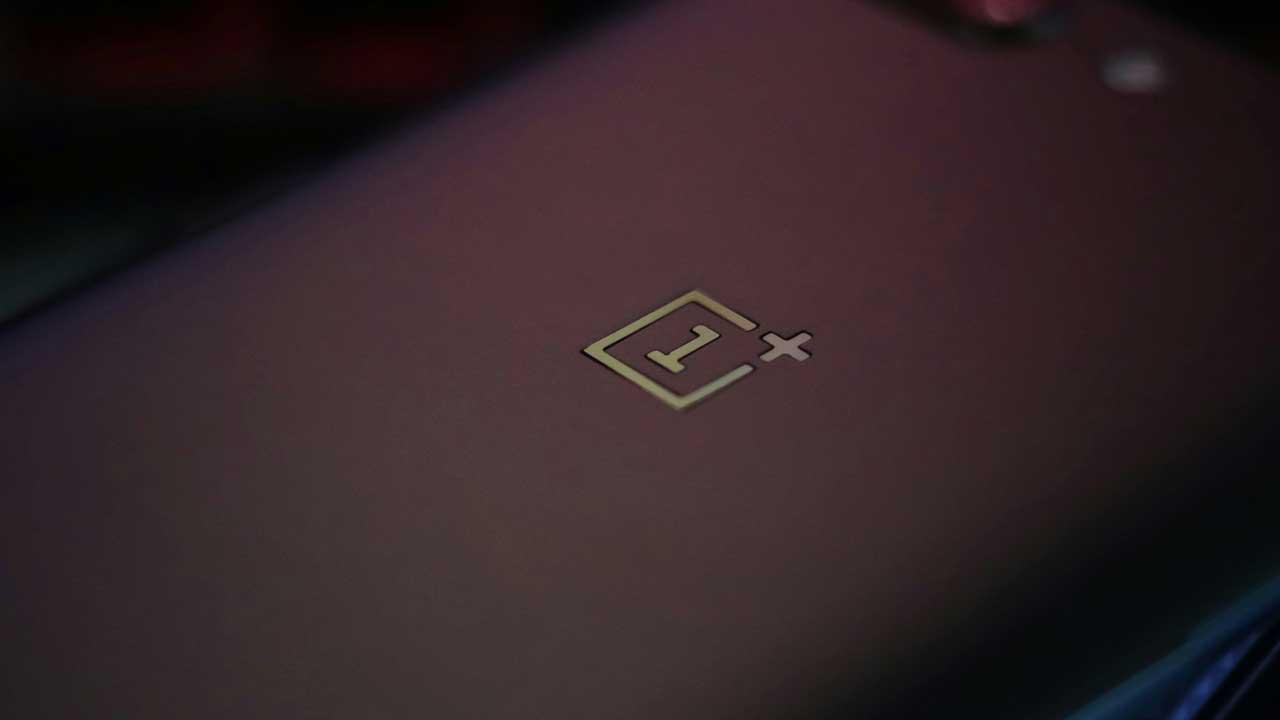NASA has released an extraordinary image of stellar debris 16,000 light-years from Earth, described as a “ghost cosmic arm”. The image comes from the debris of a giant star that exhausted its nuclear fuel about 1,500 years ago and became a densely rotating neutron star with powerful magnetic fields called a pulsar.
By focusing two space X-ray telescopes Pot In this neutron star and its surrounding magnetic fields, the agency’s astronomers can learn more about how the pulsar propels particles into space and shapes the surrounding environment. The pulsar is responsible for creating the hand-shaped structure seen in the X-ray data. This design is “Pulsar Wind Nebula”.
The nebula in this neutron star, that MSH 15-52, constitutes the “hand”. In an image provided by the space agency, the squeeze is visualized as the “palm” of a hand, with five “fingers” extending outward. Telescope Imaging X-ray Polarimetry Explorer NASA studied the nebula for about 17 days, which is reported to be the longest time it has focused on an object since its launch in December 2021. CBS.
“The IXPE data gives us the first map of the magnetic field ‘in hand,'” he said. Roger RomaniThe leader of the study is from Stanford University in California.
“Charged particles that produce X-rays travel through the magnetic field and determine the basic shape of the nebula, just as bones determine the shape of a person’s hand. “In the nebula, a significant amount of polarization has been detected, indicating that the magnetic field is very straight and uniform,” he added in his report.
Particles in the nebula’s turbulent regions receive an “energetic impulse” that propels them toward the “wrist, fingers and thumb” regions of the nebula, the researchers say. “We have discovered the life history of super-energetic matter and antimatter particles around the pulsar,” he says. Nicolo de Lalla, co-author of the study, also from Stanford. “This teaches us how pulsars can act as particle accelerators,” the scientist added.
The “ghost hand” image was released days after NASA announced it The Juno mission He found a confused face Thursday. For his part, the NASA Chandra X-ray Observatory already detected MSH 15-52 In 2001, a hand-like formation was identified, pointed out Daily Mail.

:quality(85)/cloudfront-us-east-1.images.arcpublishing.com/infobae/NQNEYWWOQZAILP2SSY7O5R5GOU.jpg)
:quality(85)/cloudfront-us-east-1.images.arcpublishing.com/infobae/LBIVO7473VDJVIOHOP577YLWDU.jpg)
:quality(85)/cloudfront-us-east-1.images.arcpublishing.com/infobae/OLNQLJRERZDCRBK5TW2XPCFNTU.jpg)

:quality(85)/cloudfront-us-east-1.images.arcpublishing.com/infobae/VYMZLY2LCVF7JLLP2QY5TOANM4.jpg)